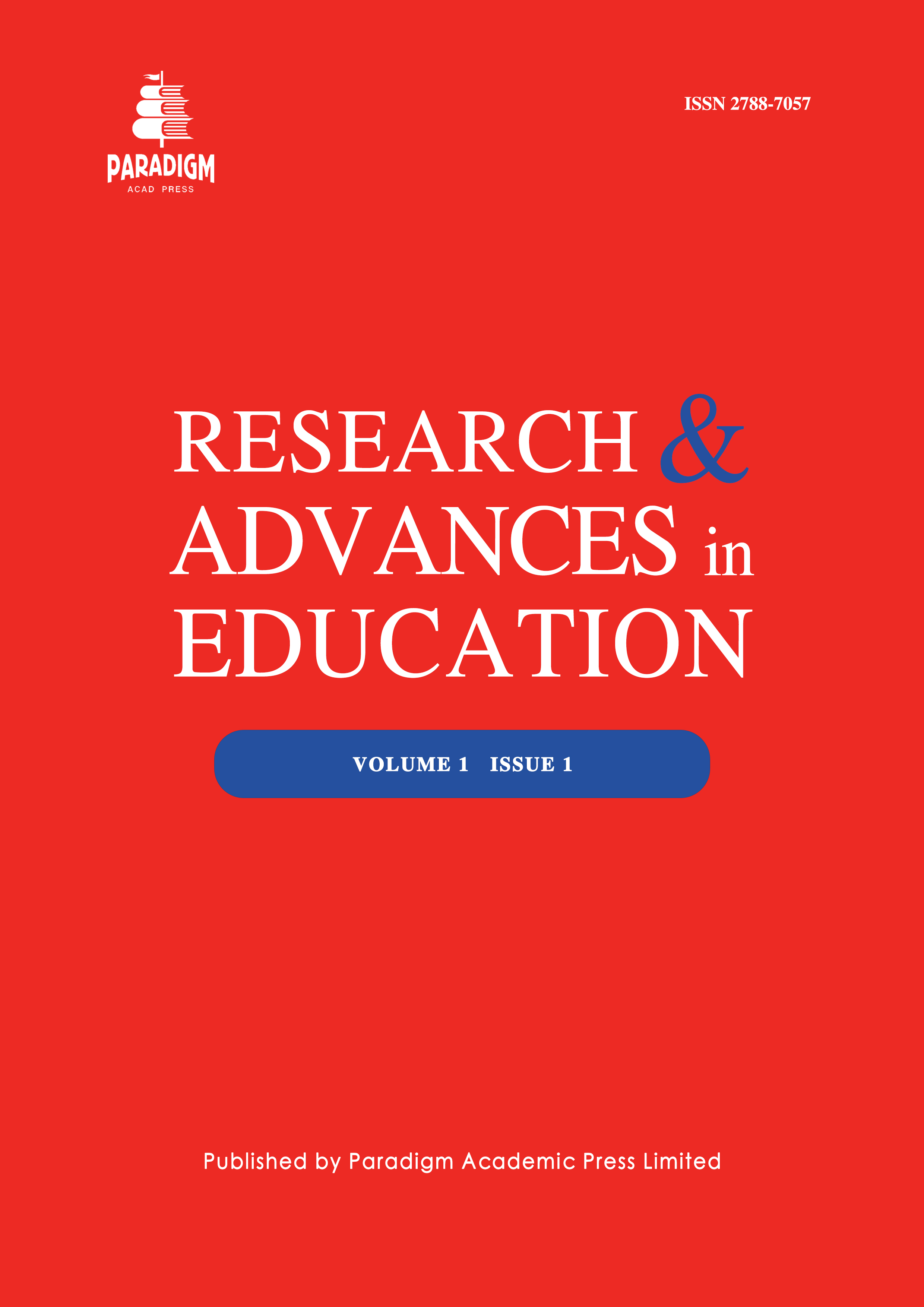Gamification as a Strategy for Enhancing Long-Term Memory of Low-Frequency Vocabulary in Primary English Education
Keywords:
gamification, vocabulary acquisition, low-frequency vocabulary, long-term memory, Chinese primary English education, contextual learningAbstract
This paper explores the potential of gamification as a strategy to enhance the long-term retention of low-frequency vocabulary in Chinese primary English education. Low-frequency vocabulary—words that occur less frequently in everyday discourse yet are crucial for advanced comprehension and academic success—poses a significant challenge for young learners, particularly in contexts where English is a foreign language. The paper examines the unique obstacles faced by Chinese primary students, including limited exposure to authentic language input, an overreliance on rote memorization, cognitive overload, and a lack of motivation, all of which hinder the deep, meaningful acquisition of rare words. Drawing on cognitive theories of memory, affective engagement, and constructivist learning principles, the paper argues that gamification offers a promising solution by embedding vocabulary learning within interactive, emotionally engaging, and context-rich activities. By facilitating repeated exposure, spaced retrieval, and active use of vocabulary in diverse scenarios, gamified approaches may strengthen memory encoding and retrieval pathways, leading to improved retention of low-frequency words. The paper also discusses potential challenges in implementation, such as balancing fun with learning depth, managing competition and motivation, ensuring age-appropriate design, and addressing issues of equity and access. Ultimately, the paper advocates for the thoughtful integration of gamification into primary English education in China, emphasizing the need for context-sensitive design, empirical research, and pedagogical support to maximize the benefits of gamified learning for vocabulary development.


